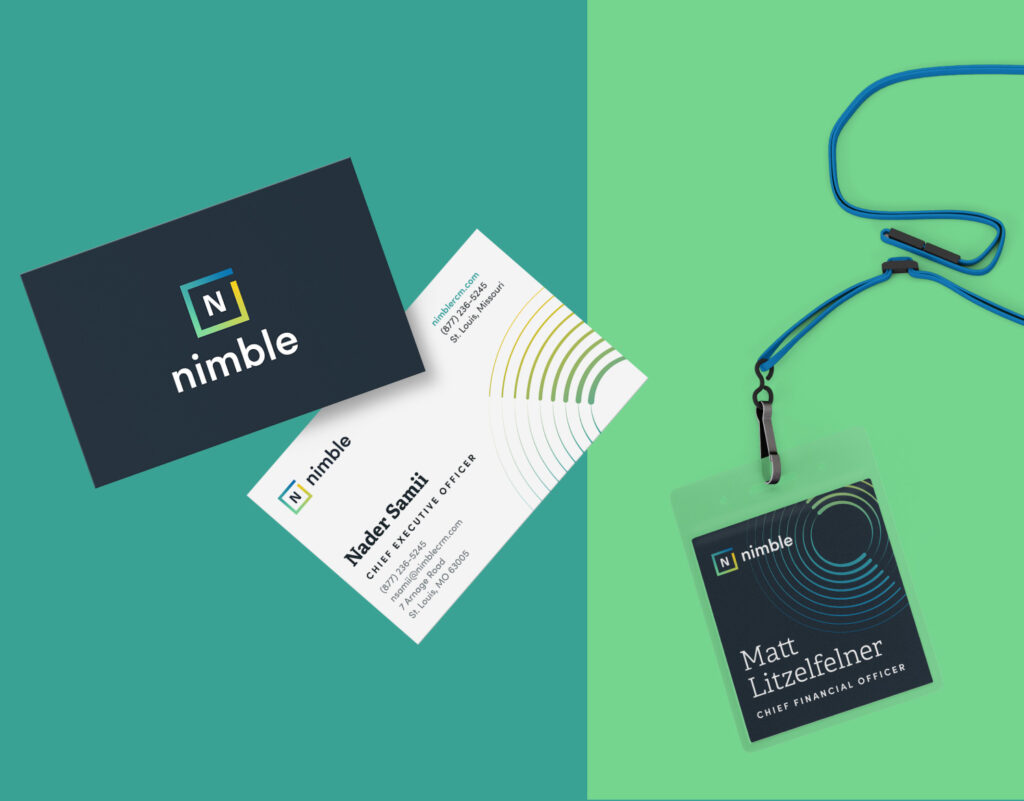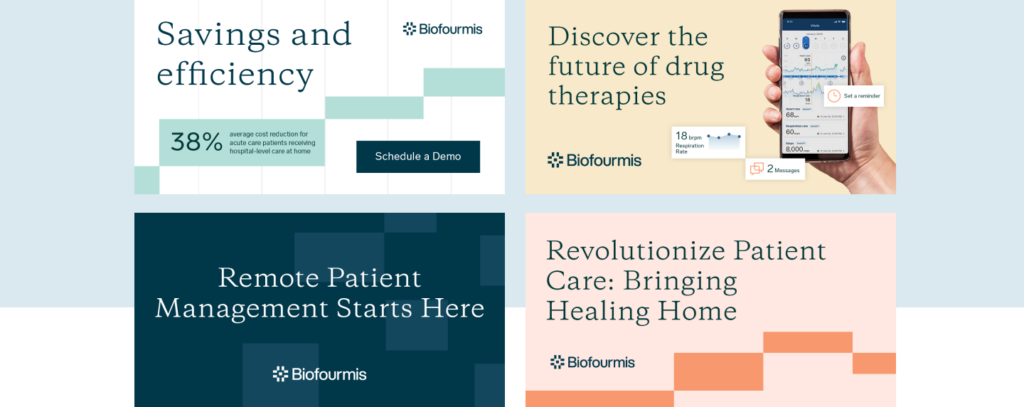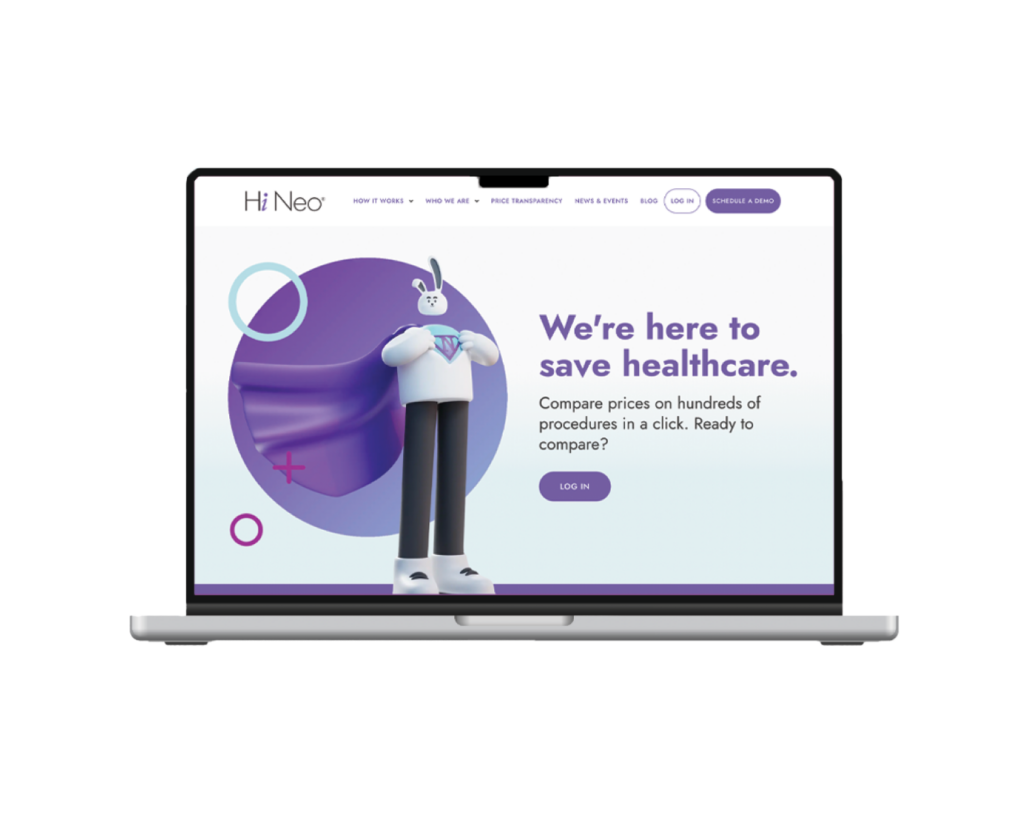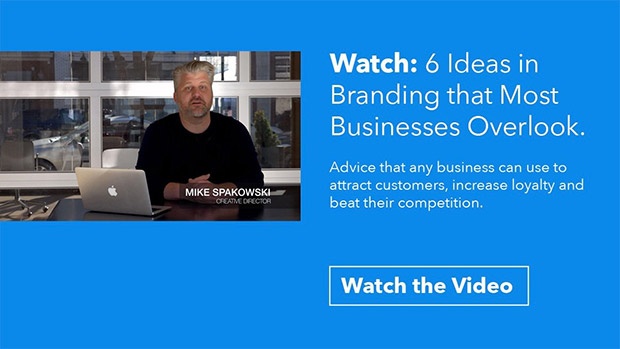Unlocking Brand Marketing for B2B Healthcare Companies
“Branding is fluff.”
“We need qualified leads who are ready to buy, and branding doesn’t deliver. It’s a waste of time.”
“Demand marketing is where it’s at.”
In today’s ROI-driven, measure-everything and cut-what-doesn’t-deliver-right-now world, these words echo through the halls of businesses serving the healthcare industry like yours. From revenue cycle management consultants to medical device manufacturers and EHR software developers to data brokers, the focus is on conversion, conversion, conversion—now, now, now.
In this B2B healthcare world, where multiple stakeholders and long sales cycles are the rule, is this the best way to approach business development? Even more, is it realistic?
Probably not, and here’s why: 95% of the lead decision-makers in healthcare organizations are likely not in the market for your products or services. That’s according to a report by the Ehrenberg-Bass Institute, published in MarketingWeek.
Or, put another way, only 5% of your audience is interested in buying right now. Everyone else has other priorities.
The goal, then, is to build up your brand and provide value to your audience to make sure your most qualified targets think of your brand when they are in the market.
Achieving that requires brand marketing, which starts with a strong brand. But as you’ll see, it’s far from fluff. A long-term brand marketing strategy has the power to transform how you interact with your employees, prospects and clients—and impact everything from retention to customer loyalty to revenue.
What is healthcare brand marketing, anyway?
Simply put, brand marketing is a strategy-driven approach that combines high-level branding with targeted marketing tactics. It places emphasis on promoting the brand overall, and delivering value—through information, education, entertainment and more—to solidify the brand’s position as a trusted guide in the eyes of its audience.
The best healthcare branding strategy begins, not with a logo or positioning statement, but with a deep understanding of what makes your company different. The goal here is to stretch beyond bullet-point features and industry jargon and to understand what your customers are trying to solve—and how your brand is uniquely positioned to help.
Yes, logos, brand positioning and taglines are the result of a branding program. But they’re just the beginning. These elements set the stage for a proactive, strategic approach that sets your company up to develop a relationship with prospects long before they become customers.


Above, examples of healthcare branding expressed through various marketing materials and channels
With a clear, cohesive story to tell, you’ll be ready to convey who you are and why you matter to your most prized target audiences in a context that matters most to them.
Done right, your brand marketing efforts will touch obvious things like websites, marketing collateral, events and sales decks. The right brand strategy will even set the stage for product development and promotion, ensuring your key offerings align with the needs and values of the healthcare providers and organizations in your target market.
Most of all, with a consistent visual identity and tone, everything you publish and every interaction prospects have with your brand will be instantly recognizable as yours, further reinforcing your brand’s core promises.
Brand-building vs. performance marketing
For most healthcare marketers, the pressure is on to drive immediate success. As a result, most of the focus is on short-term tactics and performance marketing with measurable results. Unfortunately, that’s a short-sighted approach.
According to The B2B Institute’s report 2030 B2B Trends, “Successful marketers harvest short-term demand from in-market customers, while building long-term demand among out-of-market customers.” The report suggests marketing teams employ a fifty-fifty split between activation efforts and brand-building efforts.
Why?
The activation benefits are obvious: short-term sales.
And while brand-building efforts support short-term sales too, that’s not all: long-term sales, pricing power, category optionality, talent acquisition and a competitive moat can all come as a result of a powerful brand created through strategic brand marketing.
Here are four ways brand marketing can set your company up for success.
Brand marketing enables you to create stronger connections.
When you take the time to understand not only what your clients want to achieve but what real success (and even failure) look like to them, you start three steps ahead of the competition. That’s the heart and soul of brand marketing: it’s not just about selling, it’s about making a real connection with your prospects, and guiding them toward their goals.
Mini case study: From the pandemic, a strategic brand identity arose.
Consider the example of Nimble Solutions, a company 100% focused on end-to-end revenue cycle management for surgical organizations. Already a leader in the space, National Medical Billing Services emerged out of the pandemic as Nimble Solutions.
The rebrand reflected how the company was able to lead its clients through the tumult of 2020. From near-total shutdowns to explosive growth driven by hospitals moving procedures to ambulatory surgery centers, Nimble’s clients saw it all—and trusted the company to lead them through it.



The Nimble brand emphasizes a new-found brand voice, and sets the stage for a robust content library and dynamic tradeshow presence that instantly positions the company as a go-to expert in the space.
Brand marketing helps you build a competitive advantage.
The B2B healthcare services category is an incredibly competitive market. It can also be rather cutthroat, as companies battle for the same customers, copying features, benefits and even sales pitches. That’s why brand marketing in the healthcare landscape is so important.
Because when you build your marketing based on your core values and why they make a difference, your competitors can’t copy it. When you build your core differentiators on this foundation, and use strategic marketing tactics to drive the points home, anything is possible: shorter sales cycles, increased brand loyalty and larger deal sizes.
Mini case study: Standing out with audience-driven benefits.
Biofourmis is a healthcare technology platform that partners with global health systems and life science companies. These partnerships shape everything from care delivery to pharmaceutical development. But those facts alone don’t make the company unique.
Stand-out features like ease-of-use and real-time patient monitoring are stock-in-trade for their niche of the industry, but like so many emerging technologies, specific promises in marketing are not. This left an opening for a laser-focused Biofourmis brand marketing strategy.

Clear, straightforward messaging—delivered via professional social media campaigns—used key elements from the Biofourmis brand to create a cohesive story for current and future prospects.
For Biofourmis, it meant being quite deliberate and specific about key benefits, but also demonstrating an understanding of where key audiences are in the buying process, getting more specific as buyers get closer to a decision.
The flexible, brand-based campaigns delivered dozens of qualified leads for the company, setting the stage for even more growth.
Brand marketing builds trust over time.
Activation and performance marketing tactics focus on conversion—that is, getting prospects to respond to a call to action for a trial, a consultation or even a sale. And that’s perfectly appropriate if you’re talking to the 5-15% of your audience who may already be in your sales funnel.
But when you need to talk to the other 85-95%, your brand messaging strategy should focus more on proving your expertise and understanding of the exact challenges your prospects are facing.
Yes, content really is king.
That’s exactly the branding strategy Nimble has used from day one. They have deliberately built the credibility of their brand identity with an extensive and always-growing library of webinars, whitepapers and press clippings. The goal? To reinforce the brand promise and core values, and establish themselves as the most trusted revenue cycle expert for surgical organizations—even those that are not yet clients.
Brand marketing focuses on benefits over features.
It’s all too familiar in business-to-business marketing. Entire healthcare brands are built on features, rather than audience benefits. This doesn’t give a company much room to build a relatable advantage—and doesn’t give anyone a real reason to buy.
That’s why focusing on benefits can be so powerful. Putting benefits front and center lets your brand personality shine as you demonstrate to your target audience how you can solve even complex problems they face every day.
Mini case study: A standout brand leads to standout healthcare marketing.
Hi Neo already had a unique brand identity to sell their healthcare price comparison platform to employers, TPAs and health plans. Fun, character-driven superhero illustrations certainly stand out from the industry.
Their new website brings these images together with clear promises that connect with visitors who may already be in the market. Benefit-driven messages blend perfectly with functional descriptions alongside clear calls to action that pull prospects into the funnel.


These core brand promises are underscored in the company’s content channels, as they help their core audiences address key challenges from upcoming regulations and other market changes. These two sides of the brand marketing strategy work hand-in-hand to move prospects into the sales funnel, and even accelerate the process when it’s appropriate.
Most of all, brand marketing creates long-term value.
Today’s customer conversions are valuable, of course. But what if you could build a foundation that leads to even more conversions tomorrow? That’s the power of brand marketing strategies.
Start with a brand. Build trust with your most important prospects over time. Focus on how you can make their jobs easier.
And see what a difference it can make on your bottom line.






